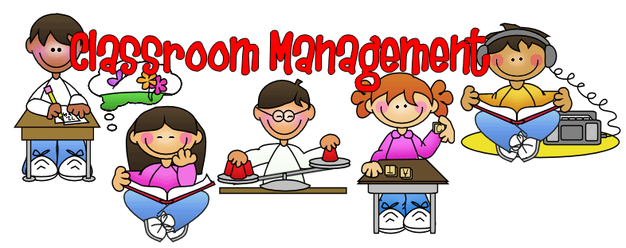Learning Labs
Learning labs are a good thing once they are carefully managed and monitored and the users (both teachers and learners) know and follow the rules which govern their use and to use them for the right purposes.
Having a cluster of computers in a single space is often used for the development of ICT "literacy" skills- that is teaching the subject of Information Technology. This also is a good thing but I also believe that it would be more beneficial to not only have computers in a lab setting but that they should be placed in every classroom as well. In the classroom, teachers of individual subject areas would be able to use the technology as a teaching and learning tool in their respective disciplines to help improve and enhance learning.
With the plethora of digital devices available including laptops, I pads, tablets as well as software that can be used for teaching and learning consideration should be given towards integrating the use of these personal tools into the ICT integration in the classroom process. This means that the learning labs will be extended beyond the physical space and become 'mobile' and thus learning will take place wherever and whenever possible. With innovative initiatives such as this Schools can begin to craft their own ICT implementation plan for the successful use of ICT in their schools.


